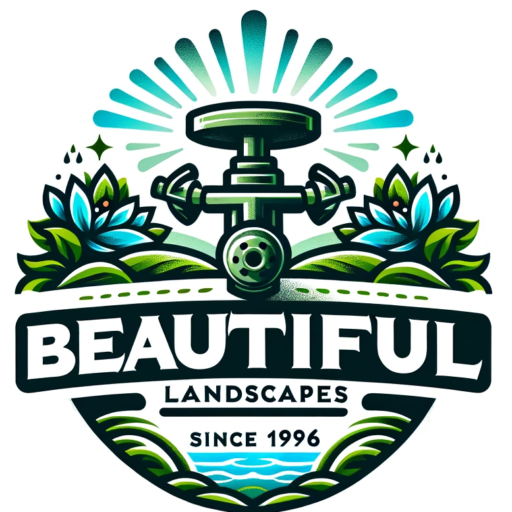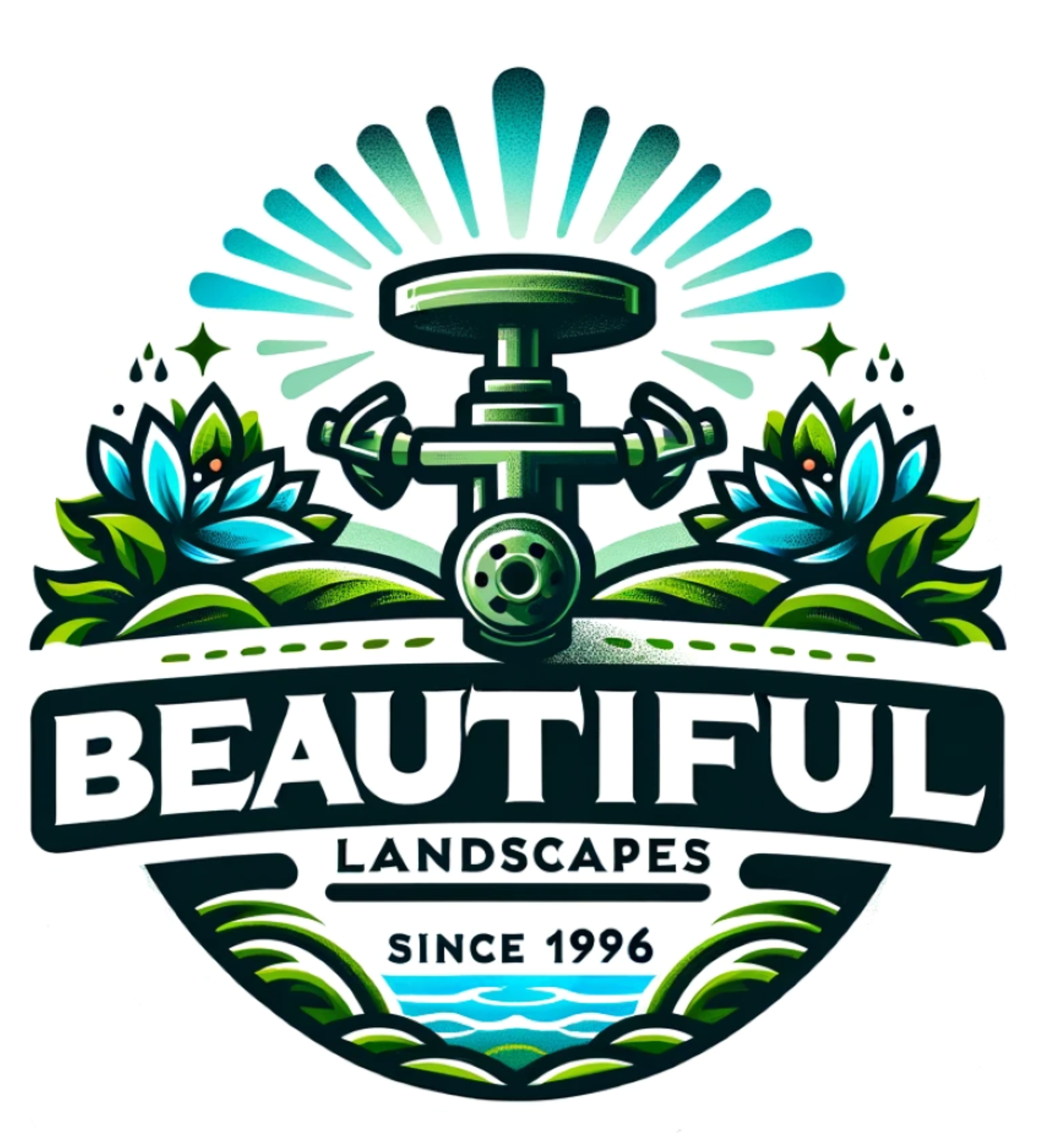All shade is not equal. Some shady conditions will yield much more produce than others will, while some areas are better left for hostas and moss. Gardeners should be familiar with the different types of shade, but should also keep in mind that measuring how much shade your garden gets isn’t always easy.
In Texas, gardening in shady areas presents a unique set of challenges and opportunities. Understanding the nuances of shade is crucial for selecting the right plants and maximizing your garden’s potential. Shade isn’t a one-size-fits-all scenario; it varies in intensity and duration throughout the day and seasons. Some areas may receive dappled shade, where sunlight filters through overhead branches, creating shifting patterns of light and shade. Others may experience deep shade, where little to no direct sunlight reaches the ground.
Choosing the appropriate plants for your shaded garden depends on factors like the type and duration of shade, soil moisture, and temperature fluctuations. For dappled shade, consider plants like ferns, coral bells, and impatiens that thrive in partial shade conditions. In deeper shade, opt for shade-tolerant species such as hostas, ferns, and caladiums, which can thrive with limited sunlight.
Navigating the complexities of shade gardening requires careful observation and experimentation. As acclaimed landscape architect Beatrix Farrand once said, “To create a garden is to search for a better world. In our efforts to improve on nature, we are guided by the vision of perfection.” Embrace the challenge of gardening in the shade, and let it inspire you to create a lush and thriving oasis, even in the darkest corners of your yard.
“To create a garden is to search for a better world. In our efforts to improve on nature, we are guided by the vision of perfection.”


